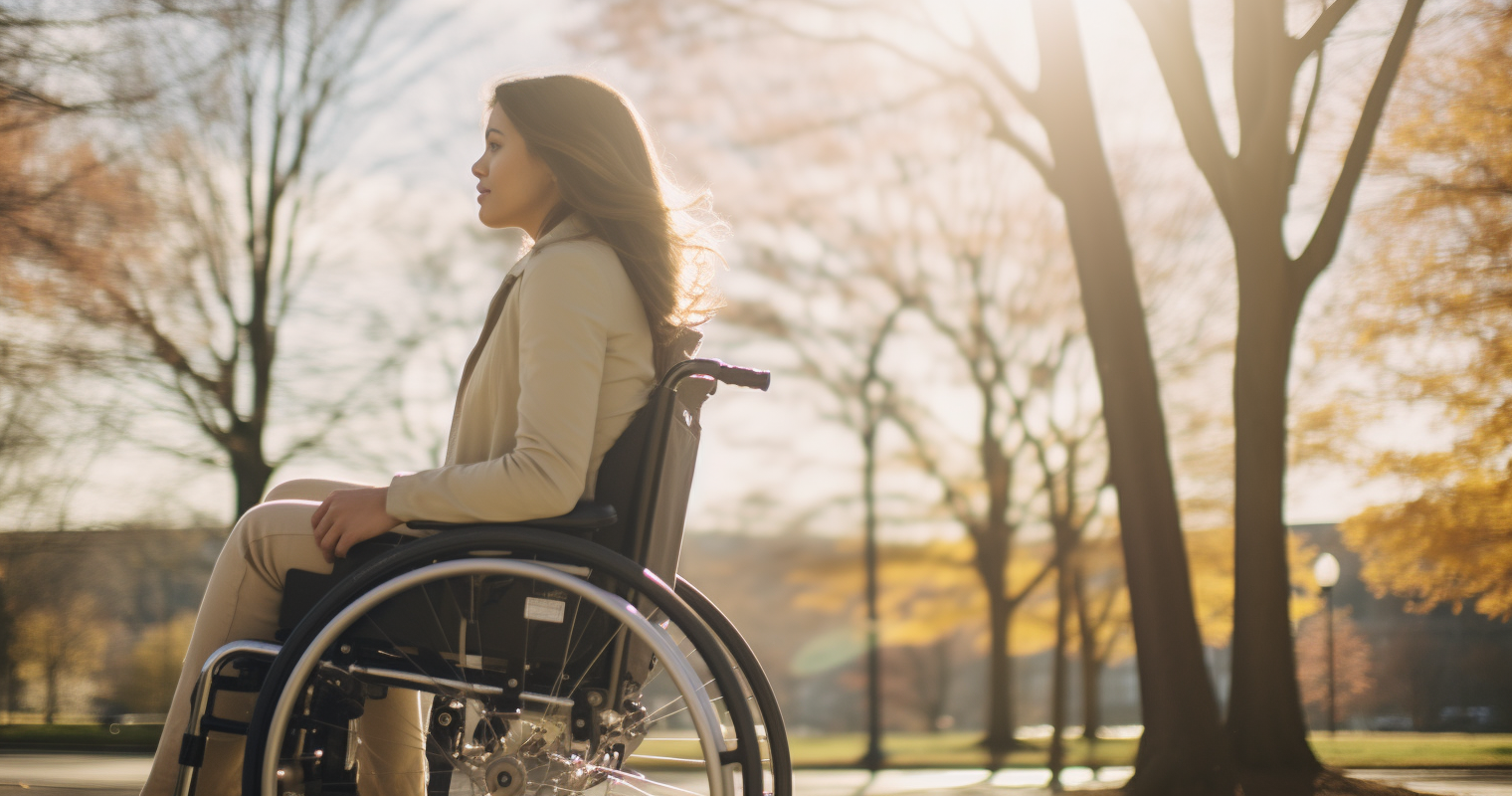Peru is a country located in South America, with a population of approximately 33 million people. Like many other countries, Peru has its own set of challenges when it comes to disability rights and accessibility. In this article, we will explore the common attitudes towards disability in Peru, discrimination and legislation issues, public transport and building access for people with disabilities, and the advocacy groups available in the country.
Common attitudes to disability in Peru
Historically, people with disabilities in Peru have faced discrimination and social exclusion. The common attitudes towards disability in Peru are changing, but there are still misconceptions and stereotypes surrounding disabilities. For example, some people may believe that disabilities are a punishment from God or a result of bad karma. Others may assume that people with disabilities are unable to contribute to society or that they require constant care and supervision.
However, there are also many people and organizations in Peru that are working towards changing these attitudes. For example, the government of Peru has implemented various programs to increase awareness about disability rights and promote inclusion of people with disabilities in society. There are also many nonprofit organizations working towards the same goal.
Discrimination and legislation issues in relation to disability in Peru
Despite the efforts to promote disability rights in Peru, people with disabilities still face discrimination in various areas of life. This discrimination can take many forms, such as limited access to education, employment, and healthcare, as well as social exclusion and stigmatization.
One of the main legislative efforts to promote disability rights in Peru is the Law for Persons with Disabilities, which was passed in 2012. This law aims to protect the rights of people with disabilities and promote their inclusion in all areas of life. It establishes specific measures for accessibility, employment, education, and social security, among other things.
However, there are still challenges in enforcing this law and ensuring that people with disabilities have equal access to opportunities. For example, there may be a lack of accessibility in public places, or employers may be reluctant to hire people with disabilities due to misconceptions about their abilities.
Public transport and building access for the disabled in Peru
Accessibility is a significant challenge for people with disabilities in Peru, particularly when it comes to public transportation and building access. Many buildings, including government offices and public facilities, are not designed to be accessible to people with disabilities. Public transportation is also often inaccessible, with few accessible buses or trains available.
However, there are efforts to improve accessibility in Peru. For example, the government of Peru has implemented a program called “Accessible Peru,” which aims to promote accessibility in public transportation, tourism, and other areas of life. This program includes initiatives such as the installation of wheelchair ramps, accessible bathrooms, and audible crosswalk signals.
Lobbying and Advocacy Groups in Peru
There are several disability advocacy groups operating in Peru. Here are some examples:
Asociación Nacional de Discapacitados del Per√∫ (ANADIP)
Website: http://www.anadip.org.pe/
Email: info@anadip.org.peAsociación Nacional de Personas con Discapacidad Intelectual del Peru (ANPI)
Website: http://www.anpi.org.pe/
Email: anpi@anpi.org.peFederación Nacional de Personas con Discapacidad Física (FENAPEDIF)
Website: http://www.fenapedif.org.pe/
Email: fenapedif@yahoo.comAsociación Nacional de Sordos del Per√∫ (ANSP)
Website: https://www.facebook.com/ansp.pe/
Email: ansp_peru@hotmail.com
These organizations provide a variety of services to people with disabilities, including advocacy, education, and support. They also work to raise awareness about disability issues and promote the rights of people with disabilities.

